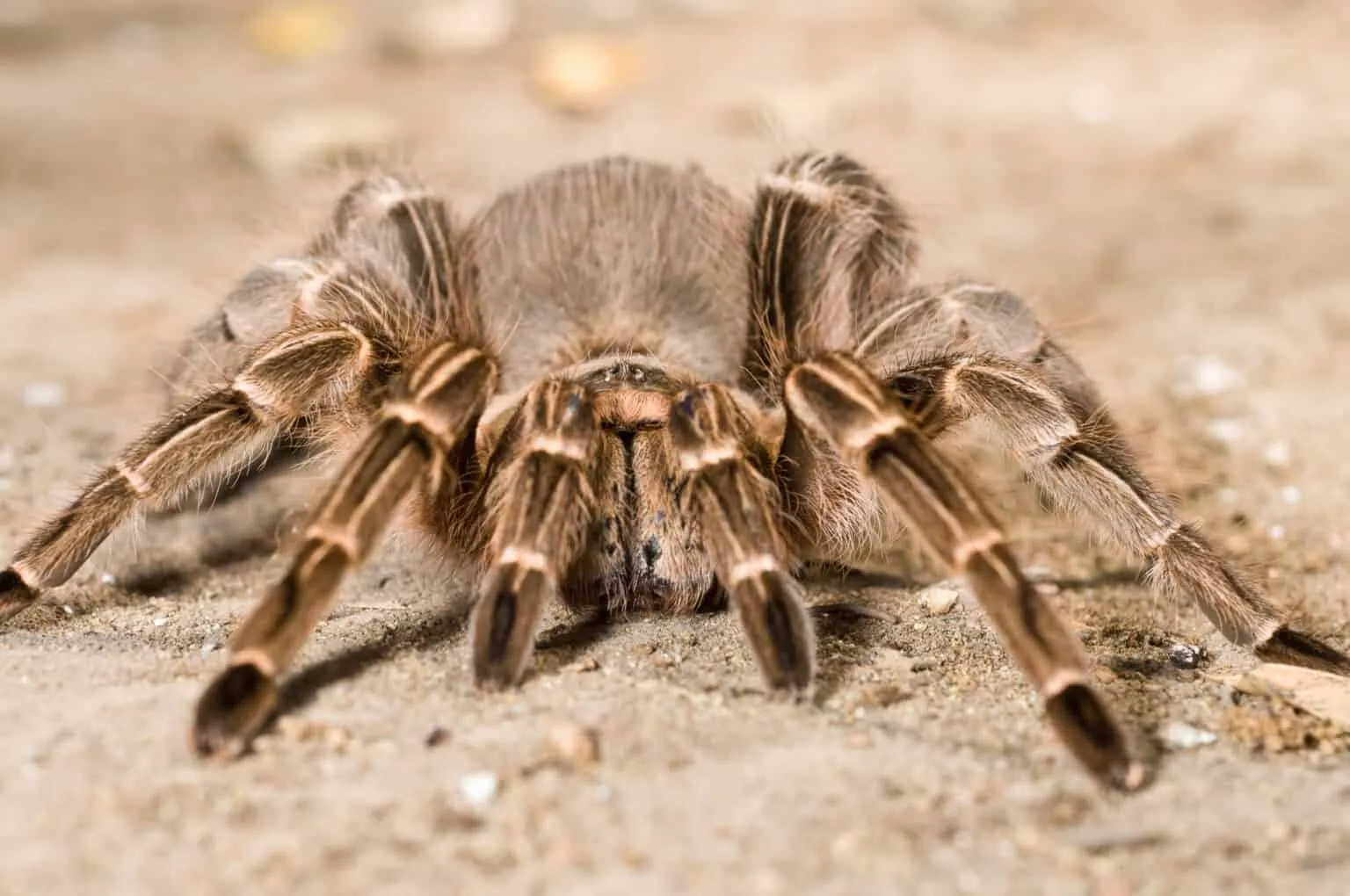7 Amazing Facts About Zebra Tarantulas
The Zebra Tarantula, scientifically known as Aphonopelma seemanni, is a captivating and increasingly popular pet among arachnid enthusiasts. These spiders, native to Central America, are admired for their striking appearance and relatively docile nature, making them a fascinating addition to any home. Before you consider a zebra tarantula for sale, it’s essential to understand what makes these creatures unique and what it takes to care for them properly. This guide will delve into the top facts, from their physical characteristics and behaviors to habitat needs and considerations for those looking to purchase one.
Appearance and Characteristics
The zebra tarantula gets its name from the distinctive black and white stripes that adorn its legs, resembling the pattern of a zebra. This striking coloration is a key identifier and a visual delight for owners. Beyond their stripes, these tarantulas have a robust build, typical of New World tarantulas, with a hairy body and legs. Their overall appearance is both intimidating and beautiful, a combination that contributes to their appeal as pets. The presence of urticating hairs on their abdomen is another important characteristic, serving as a defense mechanism.
Size and Physical Traits
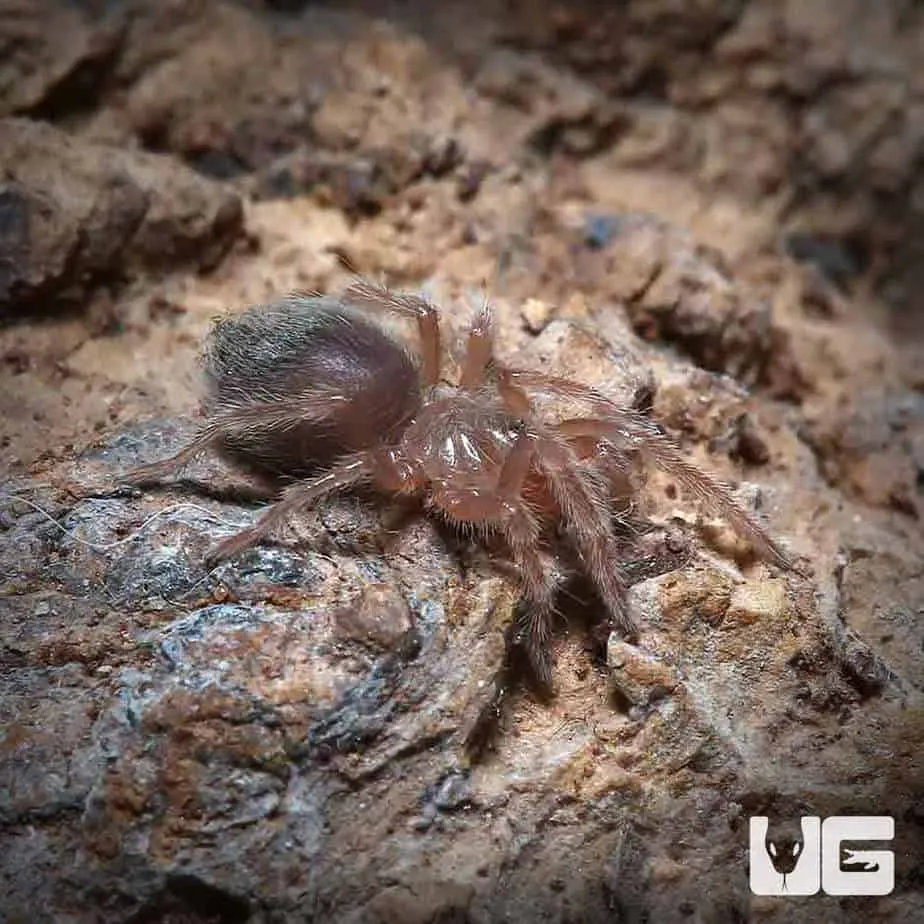
Zebra tarantulas are medium-sized spiders, with a leg span that can reach up to 5 to 6 inches. The body itself is typically around 2 to 3 inches long. The size can vary slightly depending on the individual spider and its overall health and diet. They possess eight legs, two pedipalps (used for sensing and manipulating food), and two chelicerae (fangs) that are used to inject venom into their prey. Their overall build is sturdy, allowing them to navigate their environment with ease.
Coloration and Markings
The most striking feature of the zebra tarantula is its coloration. The legs are boldly striped with black and white bands, providing excellent camouflage in their natural habitat. The carapace (the upper part of the cephalothorax) is usually a dark brown or black, while the abdomen is covered in fine hairs. This combination of colors and patterns makes them visually appealing and distinguishes them from other tarantula species. The intensity of the colors can vary slightly between individuals, but the overall zebra pattern is consistent.
Behavior and Temperament
Zebra tarantulas are known for their relatively docile temperament, making them a good choice for beginner tarantula owners. While individual personalities can vary, they are generally less defensive than some other species. However, it’s important to handle them with care and respect their space. Understanding their behaviors and recognizing their defensive signals is crucial for safe interaction and responsible pet ownership. Proper handling techniques and providing a comfortable environment contribute to their well-being and reduce stress.
Typical Behavior
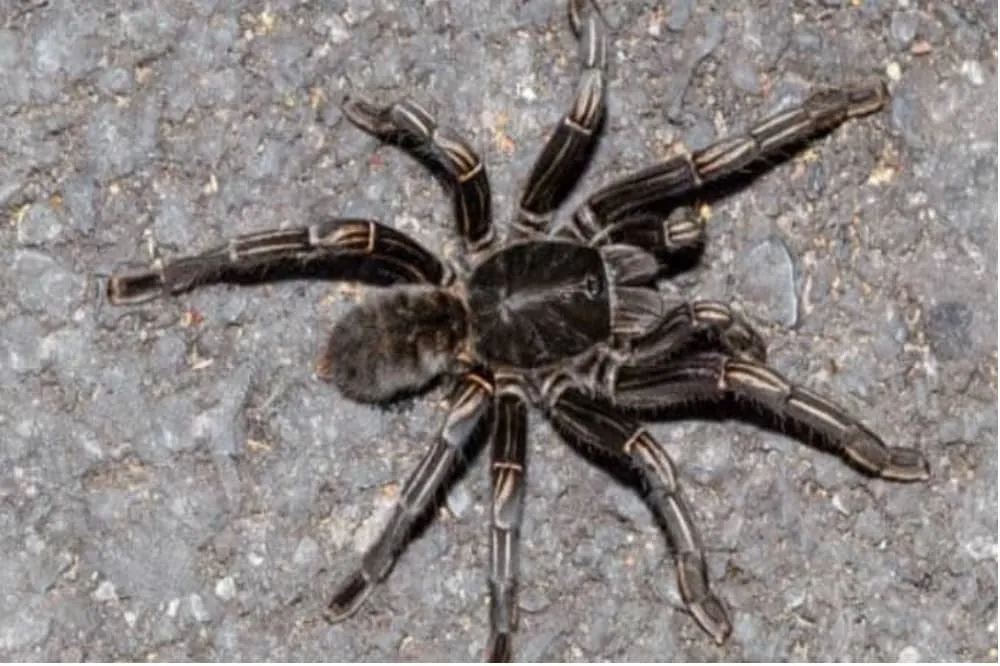
Zebra tarantulas are primarily nocturnal creatures, meaning they are most active during the night. They spend most of their time in their burrow or hiding spot, venturing out to hunt or explore. They are generally slow-moving spiders, conserving energy and avoiding unnecessary risks. They are not known for being aggressive, but they will defend themselves if they feel threatened. Observing their natural behaviors in a well-designed enclosure can be a fascinating experience for any owner.
Defensive Mechanisms
Like all tarantulas, the zebra tarantula has defense mechanisms. The primary defense is urticating hairs, which they flick off their abdomen when feeling threatened. These hairs cause intense irritation upon contact with skin or eyes. They may also try to flee or assume a defensive posture, rearing up on their hind legs with fangs bared. While their venom is not considered life-threatening to humans, it can cause localized pain and discomfort. Understanding these defense mechanisms is crucial for responsible handling.
Habitat and Natural Environment
Understanding the natural habitat of the zebra tarantula is essential for providing proper care in captivity. Replicating their natural environment ensures the tarantula’s physical and psychological well-being. This includes temperature, humidity, and the type of substrate. Providing an appropriate environment reduces stress and encourages natural behaviors like burrowing and hunting. The following details provide key insights into the zebra tarantula’s natural living conditions.
Geographical Distribution
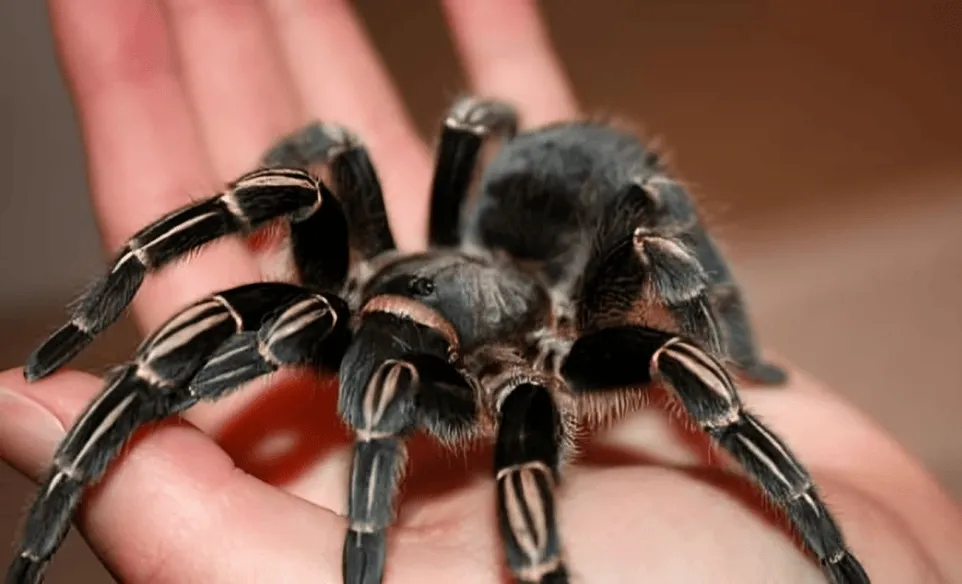
Zebra tarantulas are native to Central America, primarily found in Costa Rica, Nicaragua, and Honduras. They inhabit a variety of habitats, from dry forests to grasslands. Their adaptability allows them to thrive in different conditions within these regions. Understanding their origin helps in replicating their natural environment in a captive setting.
Preferred Habitats
In the wild, zebra tarantulas create burrows in the ground or seek shelter under rocks and logs. These burrows provide protection from predators and the elements. They prefer a terrestrial environment with a substrate that allows them to burrow and feel secure. Providing similar conditions in captivity ensures their well-being and allows them to exhibit natural behaviors.
Caring for a Zebra Tarantula
Caring for a zebra tarantula requires attention to detail and a commitment to providing a suitable environment. From enclosure setup to feeding and health monitoring, each aspect of care plays a crucial role in their well-being. Proper care ensures your tarantula remains healthy and exhibits its natural behaviors, making it a rewarding pet. Here are the key elements of responsible zebra tarantula ownership.
Enclosure Setup
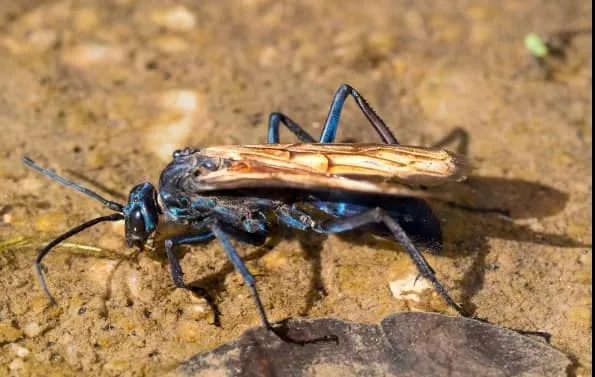
The enclosure should be appropriately sized for the tarantula’s leg span, typically 10-20 gallons. A secure lid is essential to prevent escapes. The substrate should be a mix of peat moss, coco fiber, and a bit of vermiculite to retain humidity and allow for burrowing. Provide a hide, such as a piece of cork bark or a half-log, for the tarantula to retreat into. Ensure the enclosure is well-ventilated to prevent mold and maintain air quality. Regularly clean the enclosure by removing old food and waste.
Temperature and Humidity
Maintain a temperature between 75-85°F (24-29°C) using a heat pad or a heat lamp. Avoid direct sunlight to prevent overheating. Humidity levels should be kept around 60-70%. This can be achieved by lightly misting the enclosure every few days and ensuring the substrate remains slightly moist. Use a hygrometer to monitor humidity levels. Proper temperature and humidity are critical for molting and overall health.
Feeding and Diet
Zebra tarantulas are primarily insectivores. Feed them a diet of crickets, roaches, mealworms, or other commercially available feeder insects. The size of the prey should be appropriate for the tarantula’s size; the prey should generally be no larger than the tarantula’s body. Feed juveniles once or twice a week, and adults once a week or every other week, depending on their size and appetite. Provide a shallow water dish with fresh water at all times.
Common Health Issues
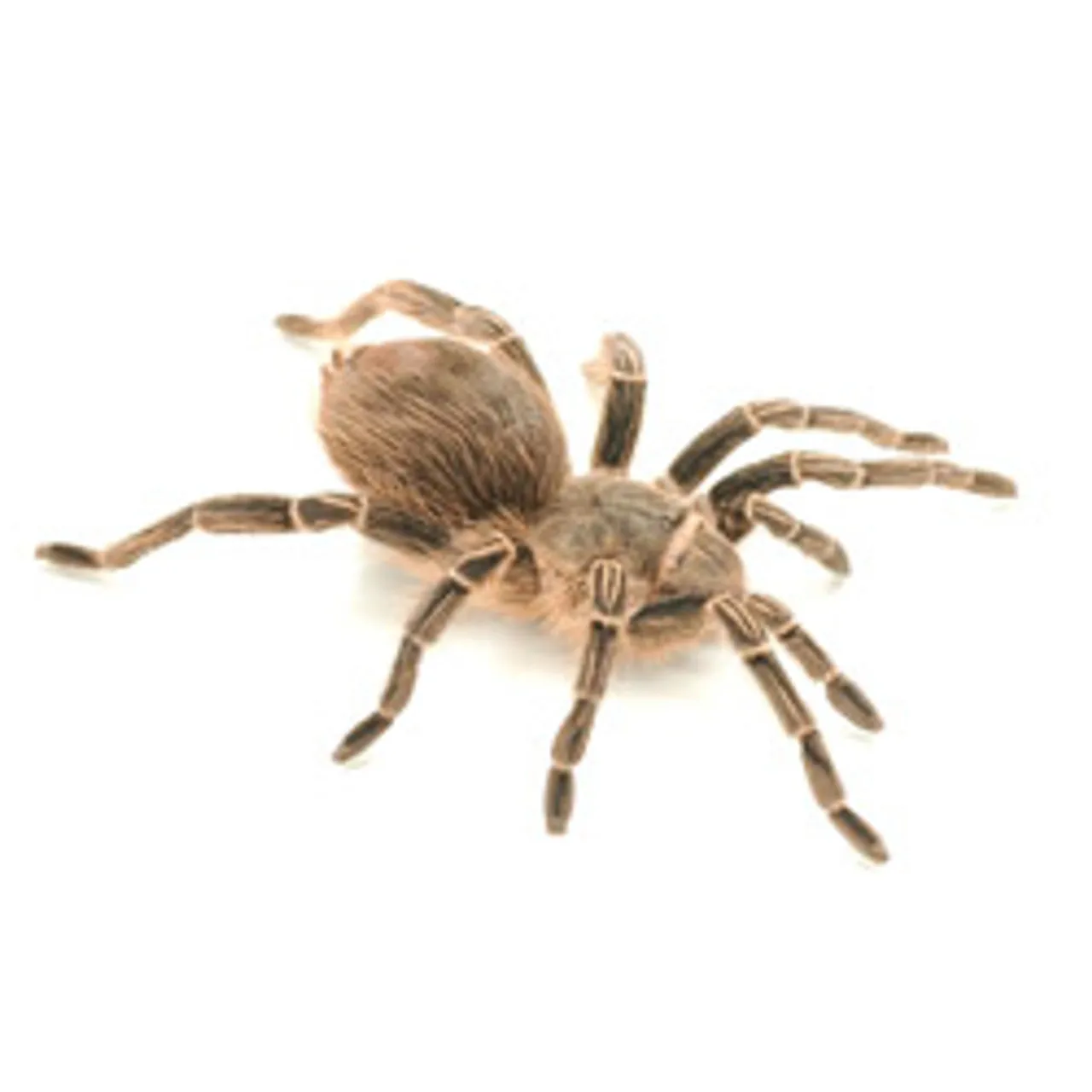
Like any pet, zebra tarantulas can be prone to certain health issues. Dehydration can be a concern, so always ensure a water source is available. Parasites and mites can also be a problem; inspect the tarantula regularly for any signs of infestation. Respiratory infections can occur if humidity levels are too high. If you notice any changes in behavior, lack of appetite, or physical abnormalities, consult a veterinarian experienced with invertebrates.
Moulting Process
Moulting is the process by which tarantulas shed their exoskeleton to grow. During this process, the tarantula will often stop eating and may appear lethargic. Provide a humid environment during molting, but avoid disturbing the tarantula. Once they have molted, they will be vulnerable for a few days while their new exoskeleton hardens. Avoid handling the tarantula during this time.
Lifespan and Growth
Zebra tarantulas can live for a considerable amount of time, with females living longer than males. Females can live up to 20 years or more, while males typically live for 5-10 years. Their growth rate varies depending on factors such as diet, temperature, and genetics. They will molt periodically throughout their lives, increasing in size with each molt.
Zebra Tarantula for Sale Considerations
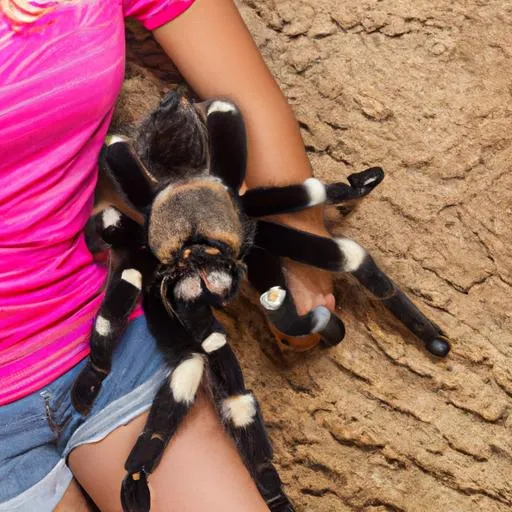
Before purchasing a zebra tarantula, several factors should be considered to ensure responsible ownership. This involves understanding legal regulations, where to buy them safely, and what to look for regarding their health. Making an informed decision benefits both the owner and the tarantula, setting the stage for a rewarding pet ownership experience. Here’s a deeper dive into the essential aspects.
Legality and Regulations
Before buying a zebra tarantula, check local and state laws regarding the ownership of exotic pets. Some regions may have restrictions or require permits. Ensure you comply with all regulations before making a purchase. This includes understanding any specific requirements for housing, care, and potential disposal of the tarantula. Ignorance of the law is not a defense, so do your research.
Where to Buy a Zebra Tarantula
Purchase zebra tarantulas from reputable breeders or pet stores specializing in exotic pets. Avoid buying from unreliable sources that may not provide healthy animals or proper care advice. Check online reviews and ask for references. The best sellers will have a good reputation and be knowledgeable about tarantula care. Purchasing from a reputable source ensures you are getting a healthy specimen and access to ongoing support.
Health and Condition Checks
Before purchasing, carefully inspect the tarantula for signs of illness or injury. Look for a healthy abdomen (not overly shrunken), clean legs, and alert behavior. Ensure the tarantula is eating and that there are no visible parasites or mites. Ask the seller about the tarantula’s feeding history and molting schedule. A healthy tarantula will have a bright, vibrant appearance and move with ease.
Cost and Pricing Factors
The cost of a zebra tarantula can vary based on factors such as size, age, and origin. Expect to pay around $30 to $75 for a juvenile, while older specimens may cost more. The price of the enclosure, substrate, and other supplies will add to the initial cost. Be prepared for ongoing expenses, including the cost of feeder insects and any necessary veterinary care. Budgeting appropriately ensures you can provide all the necessary care for your pet.
